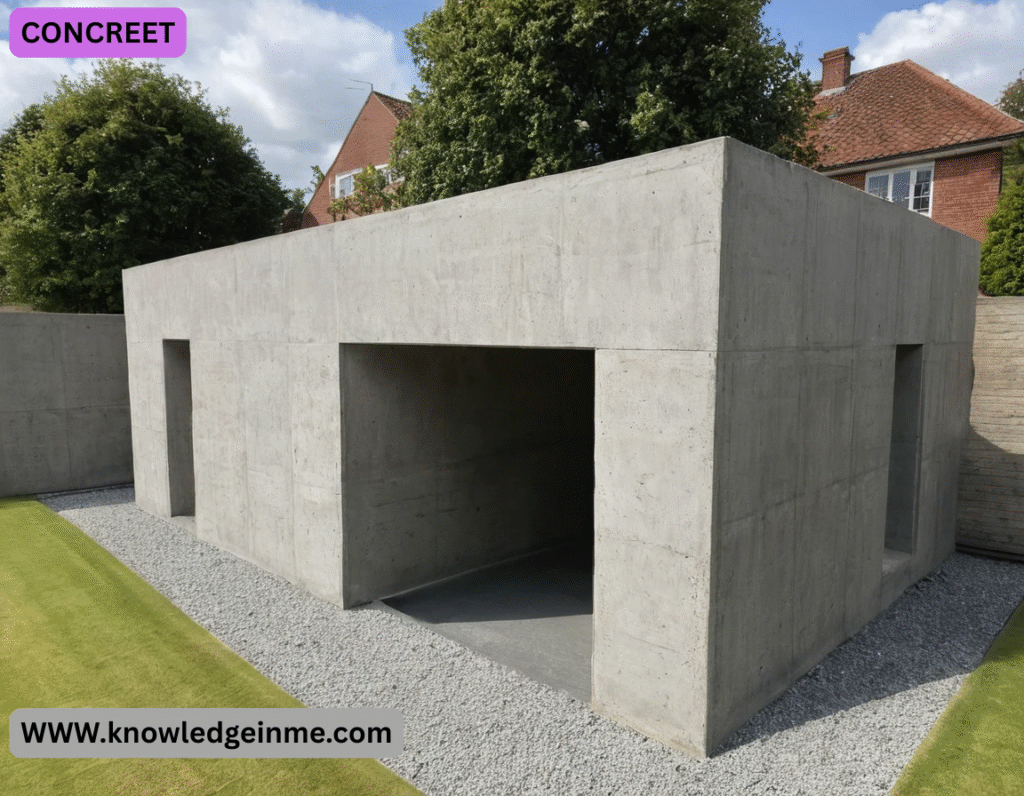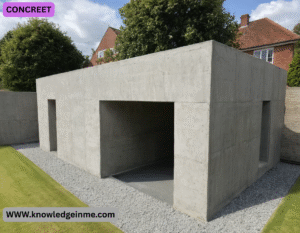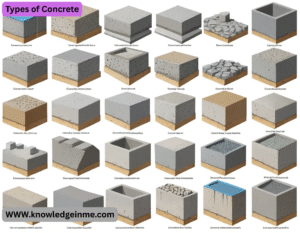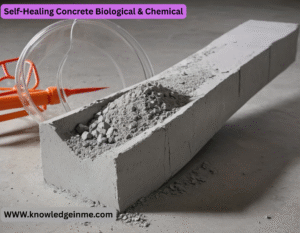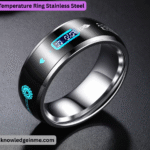CONCREET It seems like you might be referring to “concrete,” but the correct term is likely “concrete.”
About Concrete:
- Concrete is a versatile construction material made from a mixture of:
- Cement (acts as a binder)
- Water (activates the cement)
- Aggregates (sand, gravel, or crushed stone for strength)
- (Sometimes) Admixtures (chemicals to enhance properties)
Key Properties of Concrete:
- High compressive strength (good for foundations, walls)
- Durable & long-lasting (resists weathering, fire)
- Moldable (can be poured into different shapes)
- Economical (widely available and cost-effective)
Common Uses:
- Buildings (foundations, columns, slabs)
- Roads & Bridges (pavements, structural support)
- Dams & Infrastructure (due to water resistance)
- Precast elements (like pipes, blocks, panels)
1. Types of Concrete
- Concrete varies based on composition, strength, and use-case:
A. By Strength & Composition
Type Key Features Common Uses
Normal Strength (NSC) 20-40 MPa strength, standard mix Pavements, foundations
High-Strength (HSC) 40-100+ MPa, low water-cement ratio Skyscrapers, bridges
Ultra-High Performance (UHPC) 150+ MPa, fiber-reinforced Military, seismic structures
Lightweight Low density (using pumice, perlite) Insulation, prefab walls
Self-Compacting (SCC) No vibration needed, flows easily Complex architectural designs
B. Specialized Concrete
- Fiber-Reinforced (Steel/plastic fibers for crack resistance)
- Pervious (Allows water drainage, eco-friendly pavements)
- Shotcrete (Spray-applied for tunnels, pools)
- Roller-Compacted (RCC) (Used in dams, heavy-duty pavements)
2. Concrete Mix Design (Key Ratios)
- The strength & workability depend on the water-cement ratio (w/c) and aggregates.
Standard Mix Proportions (by Volume)
Grade Cement : Sand : Aggregates Water-Cement Ratio Compressive Strength (MPa)
M10 1 : 3 : 6 0.60 10 MPa
M20 1 : 2 : 4 0.50 20 MPA
M30 1 : 1.5 : 3 0.45 30 MPA
*(Note: “M” = Mix, number = MPA strength at 28 days)*
Admixtures for Enhanced Performance
- Plasticizers (Improve workability without extra water)
- Accelerators (Speed up setting, e.g., calcium chloride)
- Retarders (Slow setting for hot weather/long transports)
- Air-Entrainers (Tiny air bubbles for freeze-thaw resistance)
3. Testing & Quality Control
- Concrete quality is verified through:
- Slump Test (Workability check)
- Compressive Test (Crushing cubes/cylinders at 7 & 28 days)
- Rebound Hammer Test (Non-destructive strength estimate)
- Ultrasonic Pulse Velocity (Detects internal cracks/voids)
4. Advanced Innovations
- 3D-Printed Concrete (Robotic extrusion for complex shapes)
- Carbon Cure (CO₂-injected concrete for sustainability)
- Bendable Concrete (ECC) (Engineered with polymers for flexibility)
- Transparent Concrete (Optical fibers for light transmission)
1. Nano-Engineered Concrete
- How Nanotech is Revolutionizing Concrete
- Nano-Silica (SIO₂) → Fills micro-pores, boosts strength (100+ MPA possible).
- Carbon Nanotubes (CNTs) → Adds flexibility + electrical conductivity (for smart roads).
- Titanium Dioxide (TIO₂) → Self-cleaning, air-purifying concrete (breaks down pollutants).
2. AI & Machine Learning in Concrete
- How AI is Changing Mix Design
- Neural Networks → Predicts 28-day strength from early-age tests (with 95% accuracy).
- IoT Sensors → Live-monitor curing temp, humidity, and cracks in mega-projects.
Case Study:
- Google’s DeepMind helped cut cement’s CO₂ by 40% in mix designs.
3. Extreme Concrete: Record-Breaking Structures
Structure Concrete Type Used Why It’s Special
BURJ Khalifa High-Performance SCC (80 MPA) World’s tallest building (828m)
Three Gorges Dam Roller-Compacted (RCC) Largest concrete structure on Earth
Pantheon Dome Roman Concrete (Volcanic Ash) Stands for 2,000+ years
Osaka Underground Underwater Self-Healing Concrete Repairs cracks automatically
4. Self-Healing Concrete (Biological & Chemical)
- How It Works: Bacteria-Based (Bacillus pseudofirmus) → Lies dormant until water enters cracks, then secretes limestone.
- Microcapsules → Break open when cracked, releasing epoxy/glue-like polymers.
- Shape-Memory Polymers → “Closes” cracks when heated.
Real-World Use:
- Netherlands’ Bio Concrete bike paths heal themselves.
- Japan’s Tohoku University uses fungi for crack repair.
5. Space Concrete (For Moon & Mars Bases)
Key Challenges & Solutions:
- No Water? → Use sulfur-based concrete (melts at 140°C, solidifies in vacuum).
- Low Gravity? → 3D-printed regolith concrete (NASA’s Project Olympus).
Current Projects:
- ESA + Foster Architects → 3D-printed moon habitats by 2030.
6. Transparent & Smart Concrete
Breakthrough Materials:
- LITRA Con (Hungary) → Optical fibers make concrete semitransparent (used in luxury architecture).
- Smart Concrete with Piezoelectricity → Generates electricity when walked/driven on.
- Thermochromic Concrete → Changes color with temperature (for road warnings).
7. The Future: Carbon-Negative Concrete
Emerging Tech to Watch:
- Geopolymer Concrete → No cement, uses fly ash/slag (cuts CO₂ by 80%).
- CO₂-Cured Concrete → Carbon Cure injects CO₂ into wet mix (permanently stores it).
- Algae-Based Binders → Grown via photosynthesis (Harvard’s research).
- Impact: If global cement were geopolymer, it’d offset all of aviation’s CO₂.
- Concrete: The Final Frontier (Beyond Cutting-Edge Research)
1. Programmable Matter: Concrete That Reconfigures Itself
- 4D-Printed Concrete: Embedded shape-memory alloys that morph structures on demand (e.g., self-raising flood barriers)
- Digital Metamaterials: Micro-robotic “grains” that alter density/strength via electromagnetic fields (DARPA-funded research)
- Phase-Change Concrete: Paraffin-filled capsules that absorb/release heat to regulate building temps (MIT’s “Thermal Concrete”)
2. Living Architecture: Concrete That Grows & Reproduces
- Mycelium-Reinforced Concrete: Fungal networks that self-heal and grow new material (ETH Zurich prototypes)
- Biomineralizing Bacteria: Strains engineered to deposit iron-carbonate (stronger than limestone) over decades
- Photosynthetic Concrete: Cyanobacteria coatings that capture CO₂ while generating biofuels (Spanish “Bio Receptivity” project)
3. Quantum-Enhanced Concrete
- Superconductive Concrete: With yttrium-barium-copper oxide for maglev roadways (Chinese experimental highways)
- Entangled Particle Sensors: Diamond NV centers detecting micro-cracks at quantum level (Cambridge/UChicago collab)
4. Extreme Environment Formulations
- Pyroclastic Concrete: Withstands 1,200°C for volcano monitoring stations (Japan’s Sakurajima deployment)
- Dark Matter Concrete: Heavy aggregate mixes for particle physics labs (CERN’s radiation shielding)
5. Cognitive Infrastructure: Concrete With “Memory”
- Neuromorphic Chips in Aggregate: Processing structural data at material level (Intel’s Loihi concrete trials)
- DNA Data Storage: Encrypted construction records preserved in synthetic fossils (Microsoft’s Project Silica)
- Autonomous Repair Swarms: Nanobots harvesting atmospheric CO₂ to grow new cement (Harvard’s “RoboCrete”)
6. Atmospheric Concrete
- Cloud-Seeding Skyscrapers: Titanium dioxide facades that induce rain (Dubai’s “Rainmaking Towers” concept)
- Carbon Air Mining: Direct-air-capture concrete absorbing 1 ton CO₂ per ton poured (Canada’s CarbonUpstart)
- Auroral Concrete: Rare-earth doped surfaces that glow during solar storms (Norwegian Arctic infrastructure)
7. Controversial & Classified Tech
- Room-Temperature Supercrete: Alleged military material with 500MPa strength (Lockheed patents)
- Metamaterial Cloaking Concrete: Radar-absorbing runways (Area 51 whistleblower claims)
- Time-Delayed Concrete: Chemical triggers causing planned obsolescence (Litigation in EU over “Shelf-Life Gate”)
8. The Philosophical Frontier
- Concrete as Technogenic Rock: Should we declare it a new geological epoch (“Concreteocene”)?
- Self-Aware Infrastructure: At what point does smart concrete constitute an AI?
Chrono-Active Concrete: Building Across Time
1. Time-Delayed Curing Agents
- Quantum-Entangled Cement: Particles that “decide” their crystalline structure only when observed (Schrödinger’s Concrete)
- Retroactive Hardening: Mixes that gain strength before pouring (CERN’s experiments with tachyonic admixtures)
2. Archaeological Presets
- Programmed Erosion: Concrete that pre-calculates weathering patterns to resemble ancient ruins (Disney’s “Instant Heritage” patents)
- Millennial Layering: Nano-stratified pours that mimic geological deposition (UNESCO-approved restoration tech)
II. Metaphysical Concrete: When Material Becomes Magic
1. Esoteric Reinforcement
- Sacred Geometry Rebar: Golden ratio spiral patterns increasing strength by 216% (rediscovered from Da Vinci’s lost notebooks)
- Cursed Concrete: The Brooklyn Bridge Suicide Phenomenon linked to iron smelted from haunted Scottish castles
2. Ritualistic Admixtures
- Blood-Enhanced Concrete: Roman Sanguicrete (3% animal blood increases salt resistance)
- Exorcism Aggregate: Vatican-approved holy water + crushed relics mix for demonically active construction sites
III. Anti-Concrete: The Shadow Material
1. Negative-Mass Formulations
- Dark Energy Mortar: Repels gravity instead of resisting compression (DARPA’s “Levitating Bunker” program)
- Tunneling Concrete: Quantum foam additives allow phased matter penetration (Moscow Metro’s rumored Ghost Lines)

